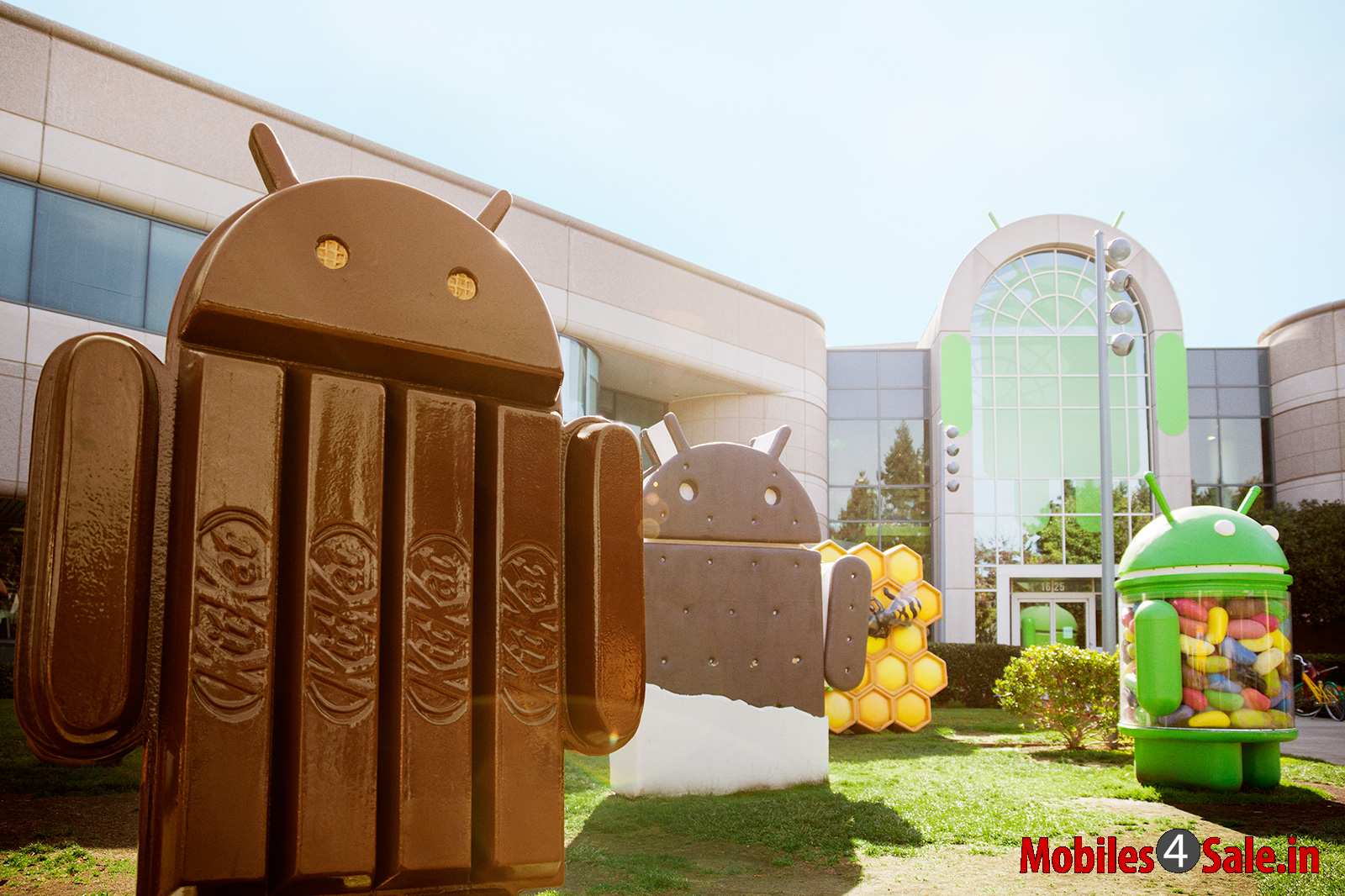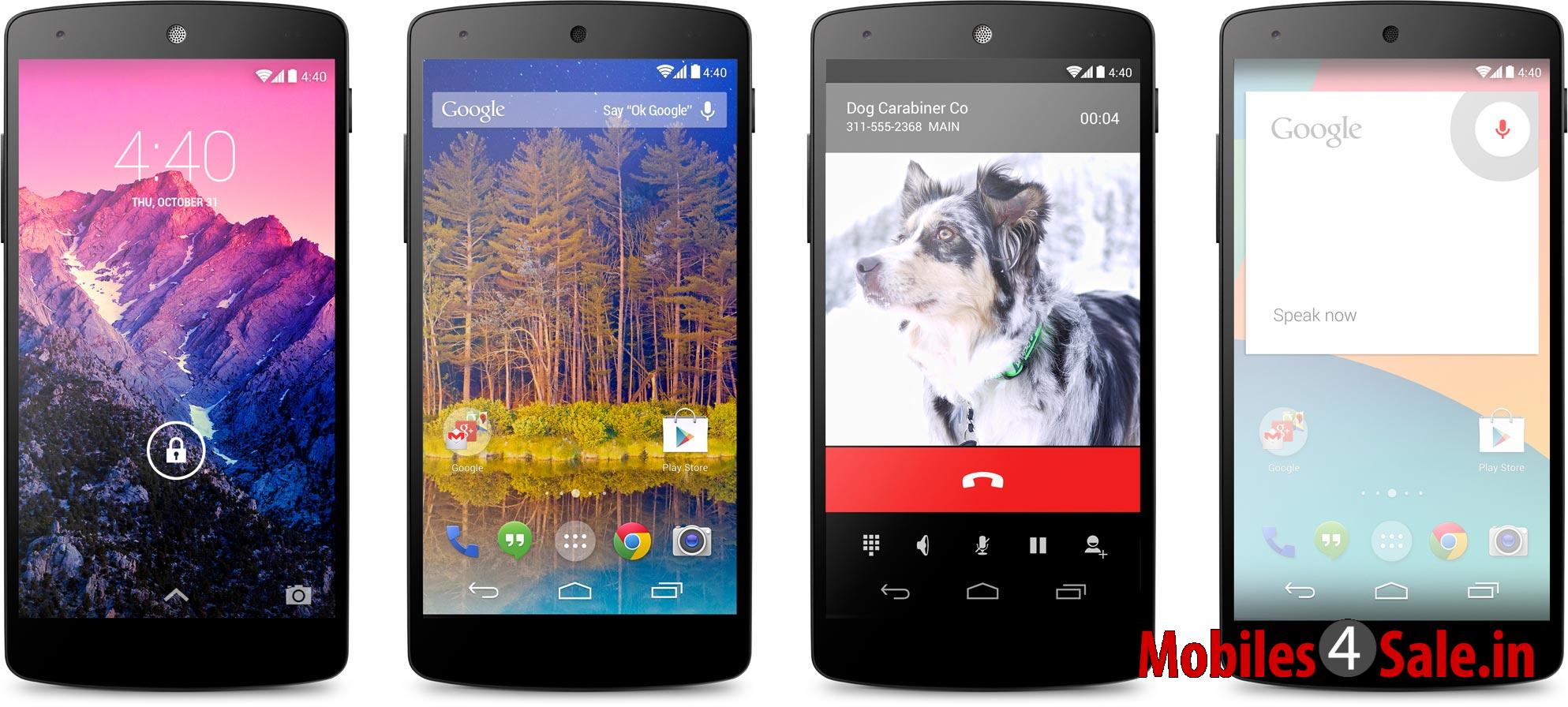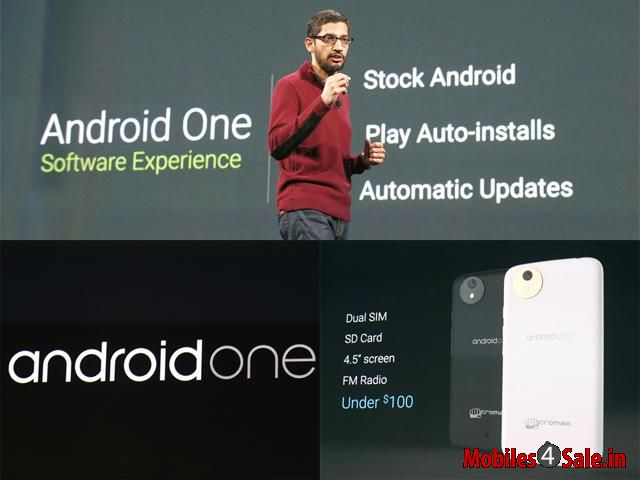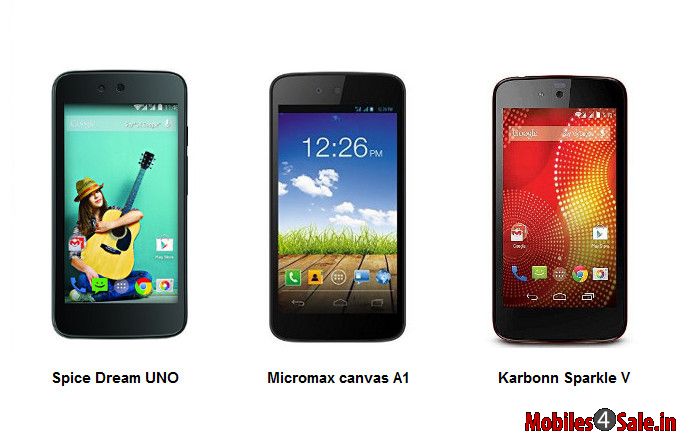Android: What is it?
Many of us see Android as an OS in our mobile phones and tablets, which it is. Key factor in a smart phone is always customization, to ensure that the device, yours or mine, is equipped to deal with all our needs. Android aims exactly at that option of customization and provides for a hassle free and smooth platform that can take care of all our possible needs.

Android: Where does it come from?
Android Open Source Project (AOSP) is a larger initiative taken by bunch of companies pooling their resources together to create a larger software platform or an open source computer operating system which is extensible to write applications for. Central philosophy of this project is to avoid any kind of monopoly and create an open platform where an array of developers can collaborate and work towards a grand goal which is improved mobile user interface and applications. Of course we know that it is impossible for a single developer to provide all the Apps that will be needed by a single customer or a bunch of customers for that matter.
While it provides open software code for customizing and porting, we are not to mistake this as a free software. Rather Android is made free intentionally and deliberately to enable third party developers to benefit from and contribute to AOSP. The pattern that has been followed till now in an open handset alliance, with Google overseeing the Android part of it. We have an array of Nexus and Google Play devices born out of such alliances. These devices that came out of Google’s alliance with handsets are called Flagship devices which provides the original stock Android experience as Google intended it to be.
The source code of Android is available to the customers/developers under Apache license 2.0 which allows the developers to use the code but forbids them from redistributing any part of Apache-license protected software without proper attribution. Thereby the legal and possible confusion regarding the usage and attribution of AOSP is also taken care of.

Google and Android: How does the partnership work?
Google has taken charge to make Android remain a successful source code. And for that it obviously needs great products running on it. Google ensures that android finds its way to best of the products and strikes business deals which in turn will contribute to the AOSP as a full scale development project. Apart from all the technical and legal blah blah, Google makes it clear again and again that Android is NOT a distribution or a specification or a collection of replaceable parts, but a single software product.
Stock Android basically focuses on a few Flagship devices, which comes with newer versions of software and reduced product risk. These Flagships are directly introduced by Google with the original stock Android software. This in turn creates another level of devices that follows the lead of this flagship with advantage of the new features. With the Flagship's original stock Android and stocks inspired from the original, this has been working out too for many of us with smart phones in our hands.
Android: What went wrong?
As wonderful as all this sounds, what could possibly go wrong? Nothing. On a preliminary analysis nothing could go wrong for Google or Android or the developers. But the one left to suffer or enjoy all the fruits born out of this initiative finally is the user. Is the user happy? Well, being an open source code, Android can be developed by anyone to any extent to fit into any minimum specification device not completely, but up to a certain degree. What happens then? In lower price segment markets like Asia, China, Philippines etc you have android phones being forced into low quality devices which results in poor user experience. Now that we know the sole purpose on which the entire Android initiative was taken, this is the worst place where it could be. The exact thing that was created for improved user experience causes poor experience and thereby casts a shadow upon the entire image of Android. What we have now is a Google Nexus phone and any other low-end phone manufacturer's Android phone all claiming to be Android devices which vary in incomparable degrees when it comes to performance. Fragmented versions with lack of updates has made Android a large and messy platform with virtually nothing to hold onto.
Being the Custodian of the Android initiative, Google can't let all these get away for much long, because the hardware specifications and Android compatible device specifications provided by AOSP is not doing a good job. So we got Android One.

Android one: The how and why of it
To begin with, Android One is not a software or a specification. It is a benchmark by Google which ensures a reasonably good Android experience in entry level devices. It will be providing reference for manufacturers on making low cost phones with better Android experience. The idea is to associate with manufacturers in the local markets who will produce a minimum qualified low price handset while software will be the most updated version of Android and will receive updates directly from Google. We already have three of them in the Indian market Spice Dream Uno, Micromax Canvas A1 and Karbonn sparkle V. Similar program was announced earlier as Android silver light, but never came up in the discussions again.
Many of the so called flagship inspired models still haven't touched 4.4.4 Kitkat while the lowest of the segment gets it all. Strange indeed. It is one sure strategy to get the market down on its knees, while the handset prices still appear to be higher for the Indian Lower-middle class. An Ideal “decent” phone in these markets is supposed to be around Rs.4000 to Rs.6000, whereas the Android one hits the market with price above Rs.6000.
Android One: What does the future hold?
Two kinds of competitions we see in these markets are based on design or performance. There is of course a demand for cheaper phones whereas the demands for phones with better Android features like Moto G are also going up. Google is walking on a fine line of price with pressure on both design and better Android experience. The targeted next 5 billion game isn't going to be easy as it is comprised of all kind of preferences ranging from compromised interface on a good looking phone to extraordinary interface on an average looking phone or an above average phone with decent look and okay performance. Offering Android One as a solution to this doesn't seem so feasible now but we will have to wait a bit longer for the verdict till Google releases its next set of Android One handsets with a whole bunch of partners including Acer, Alcatel, ASUS, HTC, Intex, Lava, Lenovo, Panasonic and Xolo.
Let's leave all the quality game and discussions for a moment and think from the market. Apart from the flagship devices, the models which are developed around those models by LG, Samsung and many other petty level players have managed to garner a dazzling response. The authentic Stock Android experience from Google lost all the allure somewhere between the stock devices developed by these partners. So Android One could very well be a market strategy by Google concerning the smart phone market of manufacturers below $100, which doesn't strictly adhere to Google services alone. I say this because you have a Google App for each and everything in the newly unveiled Android One phones. Android one, could be a puppet show on Google’s hand while perks are that it comes with Android 4.4.4 versions.

But we trust Google and we trust Android because both of them have been there for us on all levels of price, style, class and performance. The only problem was lack of updates and fragmented Android software versions. Android One, we hope, will put an end to this catastrophe and deliver us to the pure Android experience.
